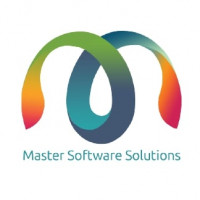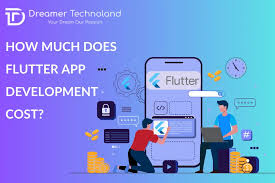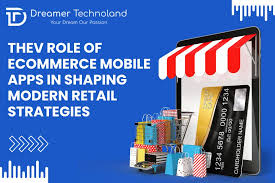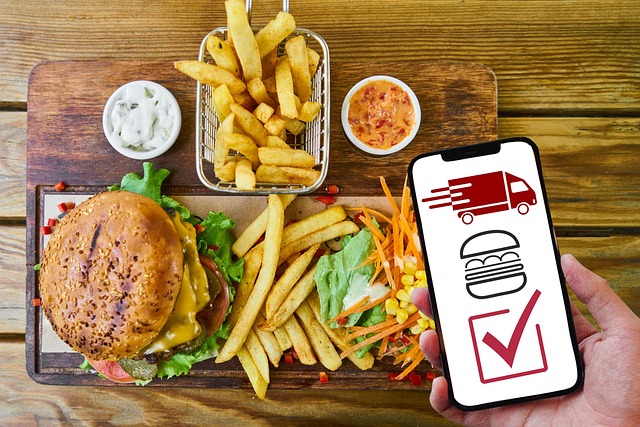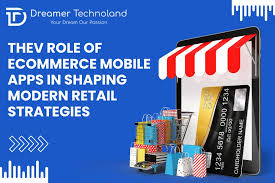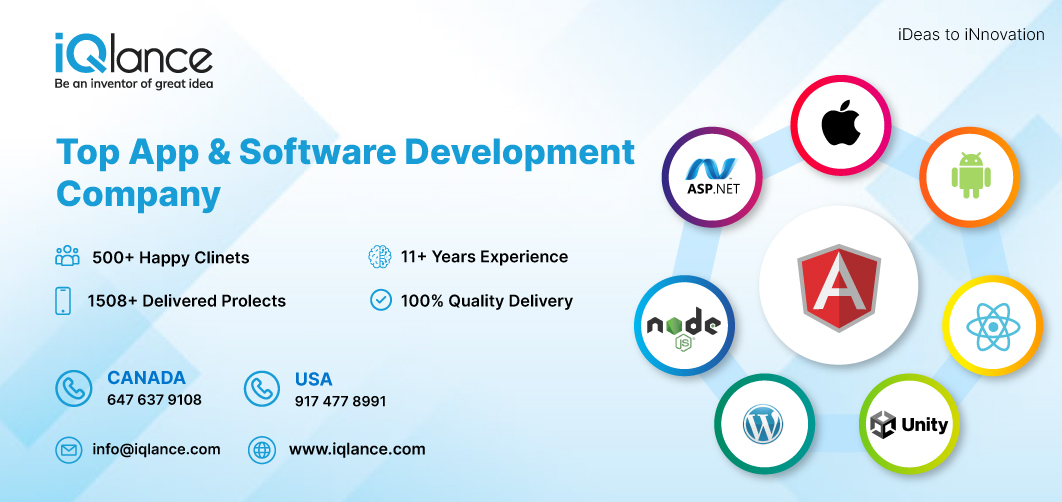An Ultimate Guide: Milk Delivery App Development
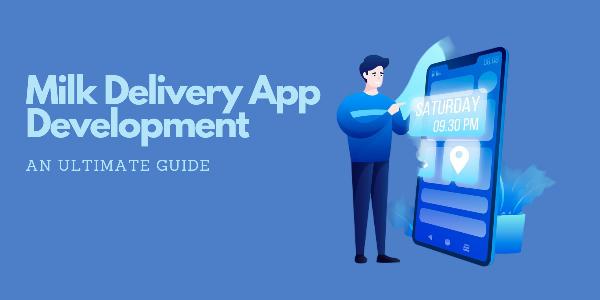
Strong 8k brings an ultra-HD IPTV experience to your living room and your pocket.
In the digital age, convenience is key. As more consumers turn to their smartphones for daily necessities, businesses in the milk delivery sector can greatly benefit from developing a robust mobile application. This guide delves into the critical aspects of milk delivery app development, providing a comprehensive roadmap for creating a successful platform.
✍️ Voice technology is revolutionizing apps. Learn how voice-enabled assistants are integrated into app development projects worldwide.
1. Understanding the Market and Consumer Needs
Before diving into development, it's essential to understand the market and consumer needs. Research your target audience to identify their preferences, pain points, and expectations. Key questions to consider include:
- What are the current trends in the milk delivery industry?
- What features do consumers expect from a milk delivery app?
- How can your app differentiate itself from competitors?
- Understanding these elements will help shape the app’s functionality and user experience, ensuring it meets market demands.
2. Defining Key Features
The success of a milk delivery app largely depends on the features it offers. Here are some essential features to consider:
User Registration and Profile Management
A straightforward registration process, allowing users to create and manage their profiles, is crucial. Options for registration through email, phone number, or social media accounts can enhance user convenience.
Product Listings and Categorization
A well-organized catalog of milk products, with detailed descriptions, prices, and images, helps users make informed decisions. Categorization by type (organic, flavored, etc.) and packaging size can further enhance the shopping experience.
Subscription Plans
Offering various subscription plans (daily, weekly, monthly) caters to different customer needs. Allow users to easily manage their subscriptions, pause deliveries, or change quantities as needed.
Real-Time Tracking
Real-time tracking of orders provides transparency and builds trust. Customers should be able to see the delivery status and estimated time of arrival.
Secure Payment Options
Integrating multiple secure payment gateways (credit/debit cards, digital wallets, bank transfers) ensures smooth and secure transactions. Offering options like cash on delivery can also attract more users.
Push Notifications
Keep users informed with push notifications about order confirmations, delivery updates, promotional offers, and subscription renewals.
Customer Support
In-app customer support, through chat or call, helps resolve issues quickly and enhances user satisfaction.
Reviews and Ratings
Allowing users to rate and review products and services can build trust and provide valuable feedback for improvements.
3. Choosing the Right Technology Stack
Selecting the appropriate technology stack is vital for the app’s performance, scalability, and security. Here are some recommended technologies:
- Frontend Development: React Native, Flutter, or Swift (for iOS), Kotlin (for Android)
- Backend Development: Node.js, Django, or Ruby on Rails
- Database: PostgreSQL, MongoDB, or Firebase
- Payment Gateway Integration: Stripe, PayPal, or Square
- Push Notifications: Firebase Cloud Messaging, OneSignal
- Cloud Hosting: AWS, Google Cloud, or Microsoft Azure
The choice of technology stack should align with your project’s specific requirements, budget, and future scalability plans.
4. Designing the User Interface
A user-friendly and intuitive interface is crucial for the success of your milk delivery app. Focus on creating a clean, visually appealing design that ensures easy navigation. Key design principles include:
- Simplicity: Keep the design simple and clutter-free.
- Consistency: Use consistent colors, fonts, and icons throughout the app.
- Accessibility: Make sure all users, including those with disabilities, can access the app.
- Responsiveness: Design the app to work seamlessly on different devices and screen sizes.
Also Read: Mobile App for Milk Delivery: Streamline Your Business
5. Developing the App
The development phase involves coding the app’s frontend and backend, integrating APIs, and setting up databases. A typical development process includes:
- Planning and Prototyping: Create wireframes and prototypes to visualize the app’s structure and flow.
- Frontend Development: Build the user interface and ensure it interacts smoothly with the backend.
- Backend Development: Develop the server-side logic, database interactions, and API integrations.
- Testing: Conduct thorough testing to identify and fix bugs. Ensure the app performs well under different conditions and is secure against potential threats.
- Deployment: Deploy the app on relevant app stores (Google Play, Apple App Store) and configure necessary server settings.
6. Ensuring Security and Compliance
Security is paramount when dealing with sensitive user data and financial transactions. Implement robust security measures, including:
Data Encryption: Encrypt sensitive data both in transit and at rest.
Authentication: Use secure authentication methods, such as two-factor authentication.
Regular Updates: Keep the app and its dependencies up-to-date to protect against vulnerabilities.
Compliance: Ensure the app complies with relevant regulations (e.g., GDPR, PCI DSS).
7. Marketing and User Acquisition
After developing the app, focus on marketing and user acquisition strategies to attract and retain customers. Effective strategies include:
- App Store Optimization (ASO): Optimize your app’s listing with relevant keywords, appealing screenshots, and engaging descriptions.
- Social Media Marketing: Make use of social media platforms to reach a broader audience.
- Referral Programs: Encourage existing users to refer new users through incentives.
- Content Marketing: Create valuable content (blogs, videos, infographics) to educate potential users about your app’s benefits.
- Paid Advertising: Invest in paid advertising (Google Ads, Facebook Ads) to drive traffic to your app.
8. Gathering Feedback and Iterating
User feedback is invaluable for continuous improvement. Regularly gather feedback through reviews, surveys, and in-app feedback forms. Use this feedback to identify areas for improvement and implement necessary updates. Regularly updating your app with new features and enhancements keeps users engaged and satisfied.
Conclusion
Developing a Milk Delivery App Development involves careful planning, strategic feature selection, robust technology implementation, and continuous improvement. By following this ultimate guide, you can create a successful milk delivery app that meets consumer needs, drives business growth, and stands out in the competitive market.
Investing in a well-designed and feature-rich milk delivery app can revolutionize your business, offering convenience to customers and streamlined operations for your team. Embrace the digital transformation and take your milk delivery business to new heights.
Note: IndiBlogHub features both user-submitted and editorial content. We do not verify third-party contributions. Read our Disclaimer and Privacy Policyfor details.

